37 Totally Valid Reasons Drivers Are Giving Up on EVs

Electric vehicles rolled in with promises of clean energy, instant torque, and futuristic flair. For a while, it felt like the gas engine was on borrowed time.
But not every driver is sticking around for the electric dream. Real-world challenges like charging headaches, range anxiety, repair costs, and shifting incentives are starting to dim the glow.
Some folks miss the rumble of a combustion engine, others just want less fuss. Whatever the reason, the EV honeymoon isn’t for everyone.
1. Range Anxiety Is Real
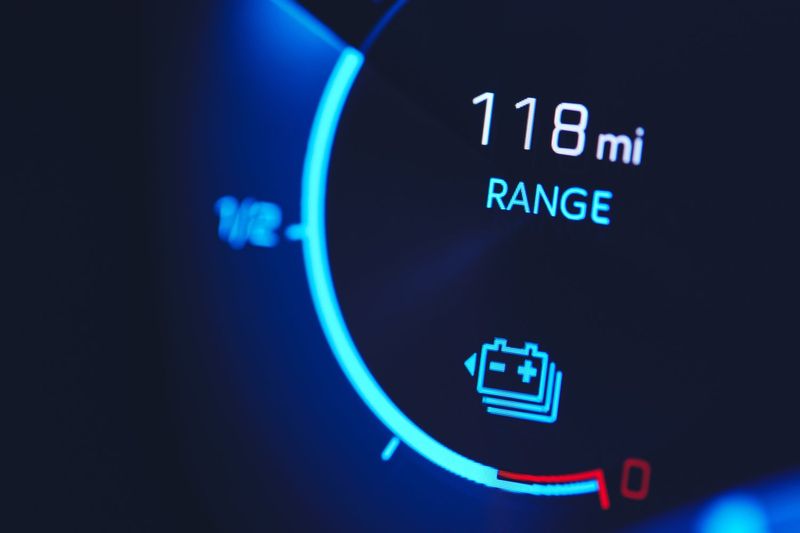
Nothing destroys the EV buzz faster than watching your battery percentage drop while miles from a charging station.
That nagging fear of being stranded has drivers white-knuckling their steering wheels.
Despite manufacturer claims, real-world range often falls short, especially in extreme temperatures or highway driving.
For many, the constant mental math of remaining miles versus distance to destination simply isn’t worth the stress.
2. Charging Takes Forever
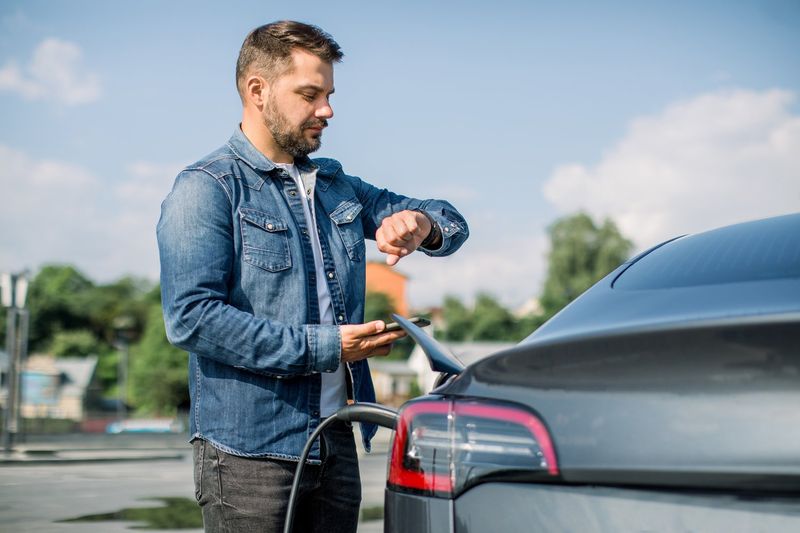
Remember two-minute gas station stops? EV owners dream of such convenience.
Even with rapid chargers, you’re looking at 30+ minutes for a decent charge—if you’re lucky enough to find a working fast charger.
Home charging overnight works for daily commutes, but any deviation from routine means planning your day around charging sessions.
Many drivers miss the simplicity of quick fill-ups rather than extended charging breaks.
3. Charging Deserts Everywhere
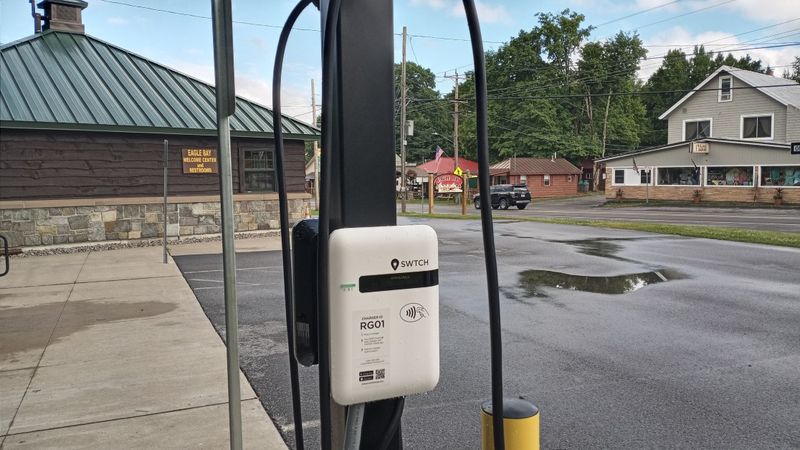
Urban dwellers might find adequate charging stations, but venture beyond city limits and it’s often charging wasteland.
Road trips become strategic missions requiring military-grade planning. Rural areas remain particularly underserved, with vast stretches offering zero charging options.
The promise of nationwide infrastructure remains just that—a promise—while drivers face the current reality of charging station scarcity in many regions.
4. Sticker Shock Never Fades
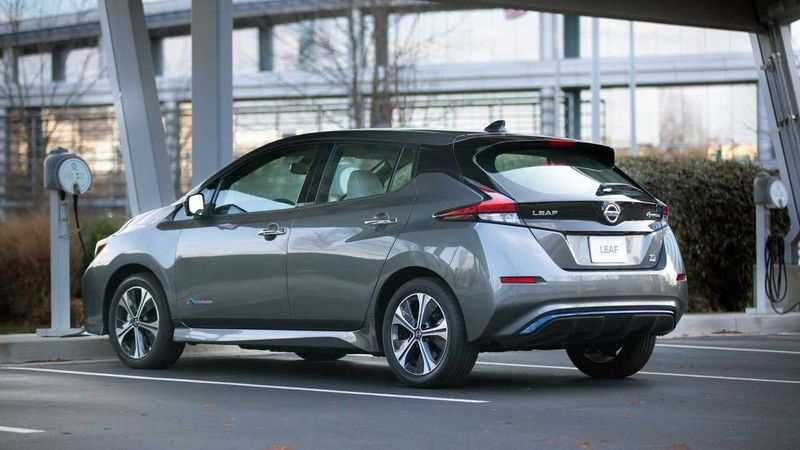
The premium pricing of electric vehicles stings even after purchase. Many buyers justified the extra cost expecting long-term savings, only to discover the math doesn’t always work out.
Higher insurance rates, specialized maintenance, and expensive parts often offset fuel savings.
Add potential battery replacement costs down the road, and the financial benefits start looking questionable for average drivers who can’t afford the luxury pricing of most EVs.
5. Battery Degradation Nightmares
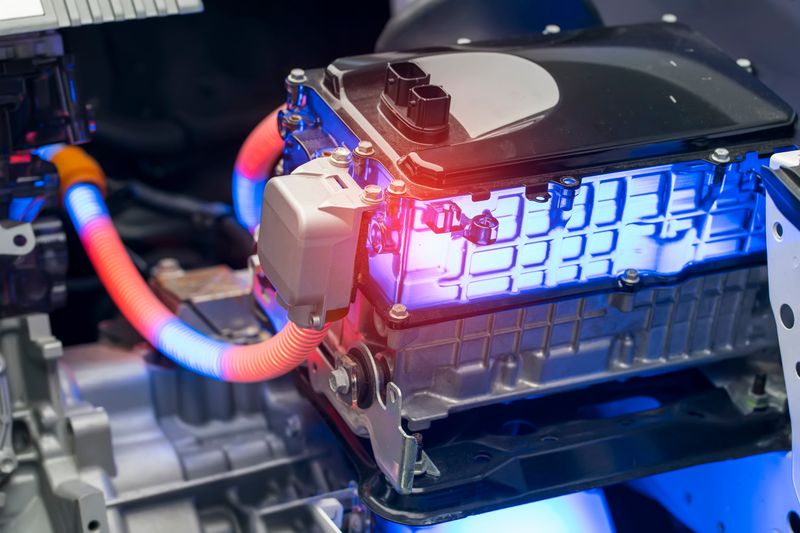
Your smartphone battery deteriorates after a couple years—now imagine that with your $50,000 car.
EV batteries gradually lose capacity, meaning yesterday’s 300-mile range becomes tomorrow’s 240-mile limitation. This inevitable decline hits resale value hard.
Some owners report noticeable range reduction after just 2-3 years of ownership, undermining the long-term value proposition that convinced them to go electric in the first place.
6. Winter Woes Freeze Performance
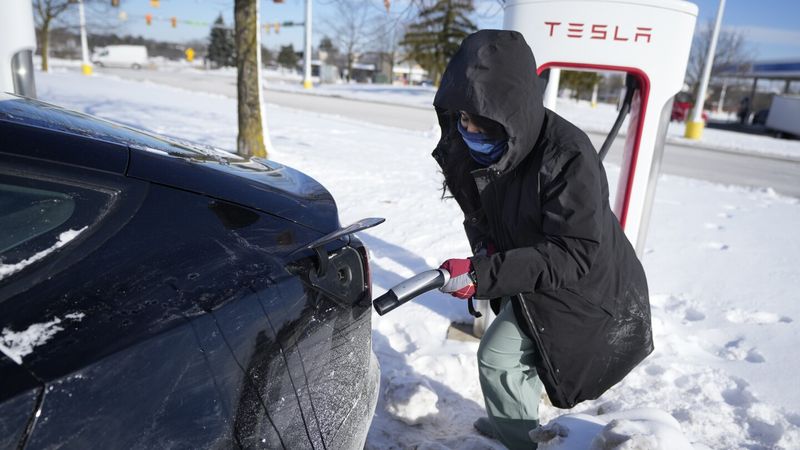
Cold weather transforms EVs from zippy commuters to range-compromised headaches.
Battery chemistry simply doesn’t like freezing temperatures, often slashing range by 30-40% during winter months.
Heating the cabin compounds the problem by further draining precious battery power.
Northern drivers particularly feel this pain, finding their summer commuting range severely compromised just when reliable transportation matters most during harsh winter conditions.
7. Charging Station Roulette
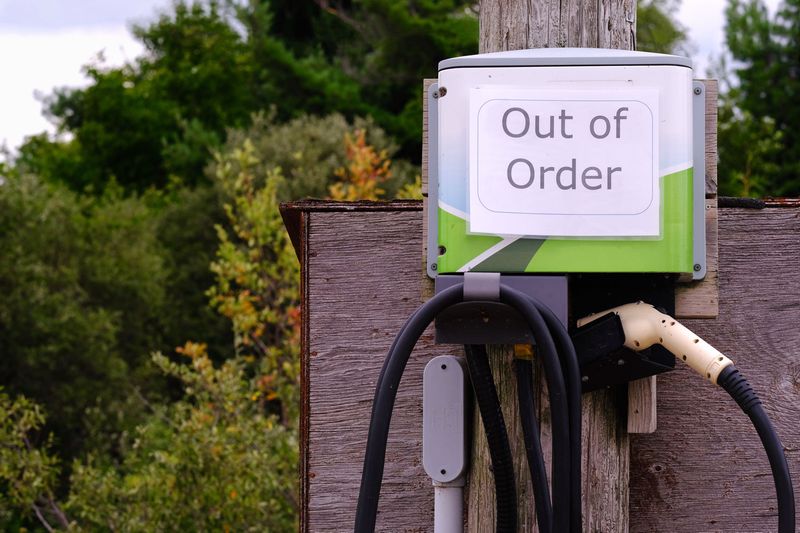
Arriving at a charging station only to find it broken, offline, or ICE’d (blocked by gas cars) is infuriatingly common.
The reliability issues plague even major charging networks. Maintenance often lags, leaving drivers stranded despite apps showing available chargers.
Unlike gas stations with their near-perfect uptime, the charging network remains frustratingly unpredictable, turning simple trips into anxiety-inducing gambles for many EV owners.
8. Towing Dreams Dashed

Hook a trailer to your shiny electric truck and watch your range plummet like a stone.
While manufacturers tout impressive towing capacities, they’re less forthcoming about the dramatic range reduction when hauling loads.
Many owners report range cuts of 50% or more when towing, making practical work use challenging.
For contractors, outdoor enthusiasts, or anyone regularly towing boats or campers, this limitation often proves the final straw in their EV experiment.
9. Resale Value Cliff Dive

Early adopters are facing a harsh financial reality: many EVs depreciate faster than their gas counterparts.
Rapid technology advancement makes today’s cutting-edge model tomorrow’s outdated tech. Battery degradation fears compound the problem, with potential buyers wary of used EVs.
Some models have lost over 60% of their value in just three years—a financial blow that has former EV enthusiasts swearing off electric for their next vehicle purchase.
10. Battery Replacement Bankruptcy
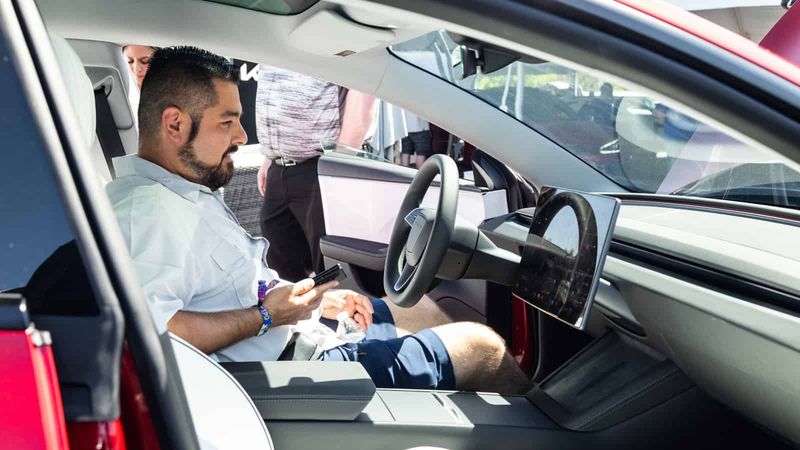
The dirty secret of EV ownership? Battery replacement costs can exceed the vehicle’s value.
While manufacturers offer warranties, they typically expire before most batteries need replacement.
Owners have reported quotes ranging from $10,000 to $30,000 for new battery packs.
This potential financial time bomb lurking in every aging EV has many drivers retreating to the predictable maintenance costs of internal combustion engines rather than facing a potential five-figure repair bill.
11. Limited Model Selection
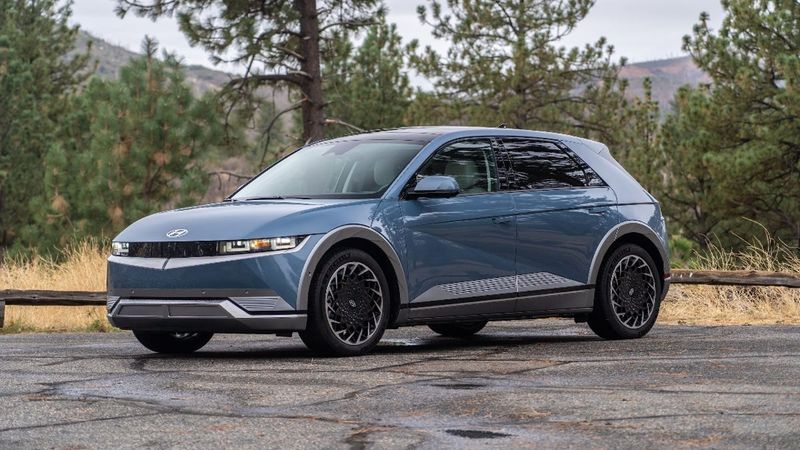
Car shopping gets significantly more restrictive when you limit yourself to electric options.
While the selection improves yearly, EV buyers face a fraction of the body styles, sizes, and configurations available to gas-car shoppers.
Practical options like minivans, affordable compact cars, and rugged off-roaders remain largely absent from EV lineups.
Many drivers return to gas simply because they can’t find an electric vehicle that meets their specific needs or preferences.
12. Highway Efficiency Disappointment

EVs excel in city driving but often struggle at highway speeds. Aerodynamic drag increases exponentially with speed, draining batteries much faster than expected during sustained highway travel.
Many owners discover their vehicle’s range drops by 30-40% at highway speeds.
This unexpected efficiency reversal—where EVs perform worse than advertised on highways while gas cars often exceed their ratings—leads to frustration for frequent highway commuters who expected better from their high-tech vehicles.
13. Road Trip Planning Headaches
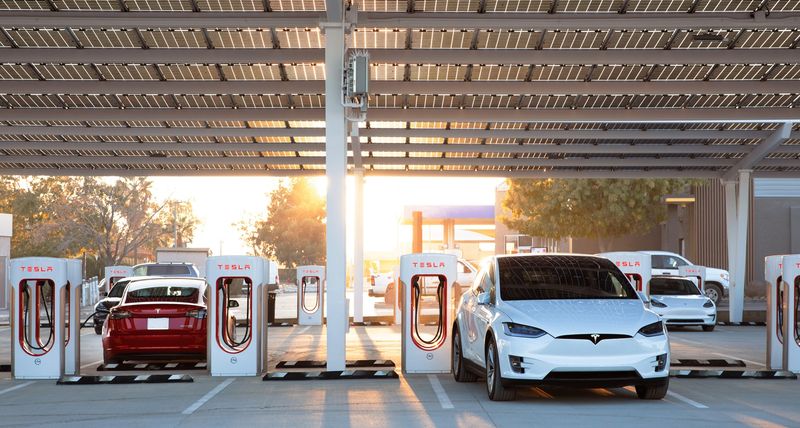
Spontaneous road trips become complex logistical operations with an EV.
Every journey beyond your vehicle’s range requires meticulous planning around charging station locations, operating hours, and compatibility.
Apps and onboard navigation help, but can’t eliminate the fundamental complexity.
The carefree “just hit the road” experience many drivers cherish becomes a carefully choreographed charging station hop, removing much of the joy and freedom that makes road trips special.
14. Charging Station Traffic Jams
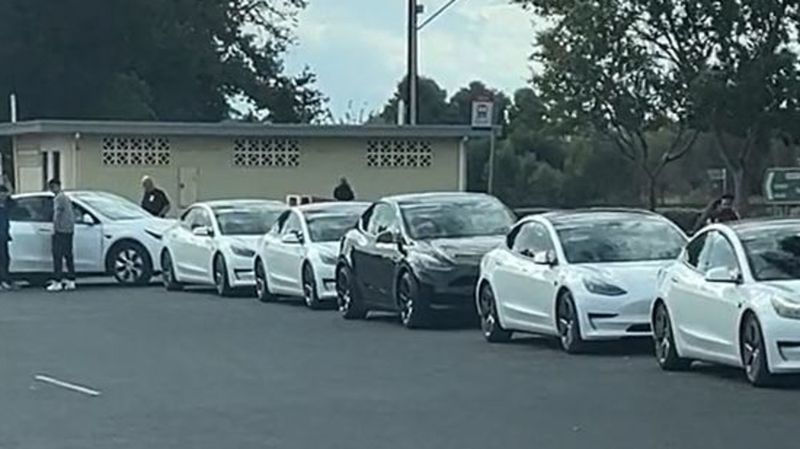
Waiting in line for gas is rare, but charging queues are increasingly common as EV adoption outpaces infrastructure growth.
Holiday weekends can see hour-long waits at popular charging corridors.
Unlike gas stations that can serve dozens of cars hourly, even fast chargers need 30+ minutes per vehicle.
The resulting bottlenecks create frustrating delays at busy locations, turning quick charging stops into extended ordeals that add hours to travel time.
15. Apartment Dweller’s Charging Dilemma
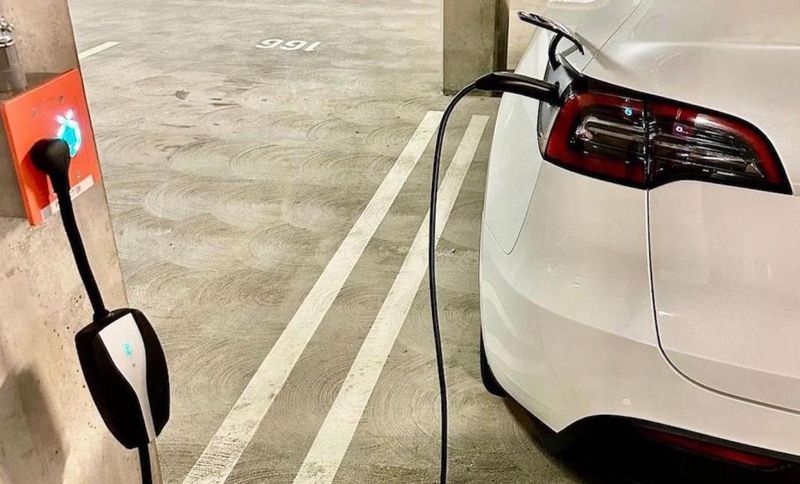
Homeowners with garages enjoy the convenience of overnight charging, but apartment dwellers face a very different reality.
Without dedicated parking or landlord-installed charging options, they’re forced to rely on public infrastructure.
This transforms EV ownership from convenient to cumbersome, requiring special trips to charging stations instead of the plug-and-forget ease that makes EVs attractive.
For many urban residents, this fundamental access issue makes electric vehicles impractical despite their environmental benefits.
16. Repair Shop Rejection
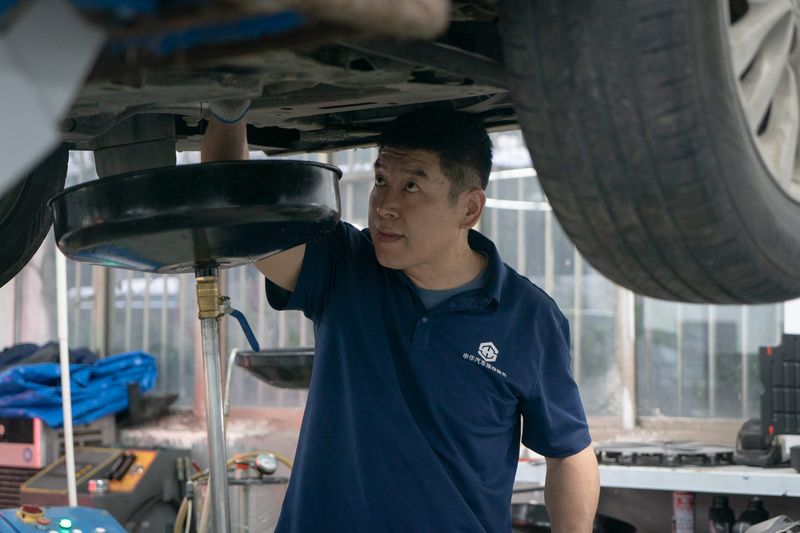
Finding qualified service for your EV often means dealer-only options at premium prices. Many independent mechanics still lack the training, tools, and certification to work on high-voltage systems.
This repair monopoly eliminates the competitive pricing that helps control maintenance costs for gas vehicles.
The resulting higher service prices and limited repair options become particularly problematic as vehicles age out of warranty, pushing some owners back to the familiar and widely-serviceable gas vehicle market.
17. Parts Scarcity Struggles

When something breaks on your EV, prepare for potentially lengthy waits. Supply chain issues have hit the EV market particularly hard, with some parts taking weeks or months to obtain.
This scarcity problem worsens for older or less popular models as manufacturers prioritize components for current production.
Many former EV owners cite extended repair delays as their breaking point, returning to gas vehicles with their mature, robust parts supply networks.
18. Software Bugs Everywhere
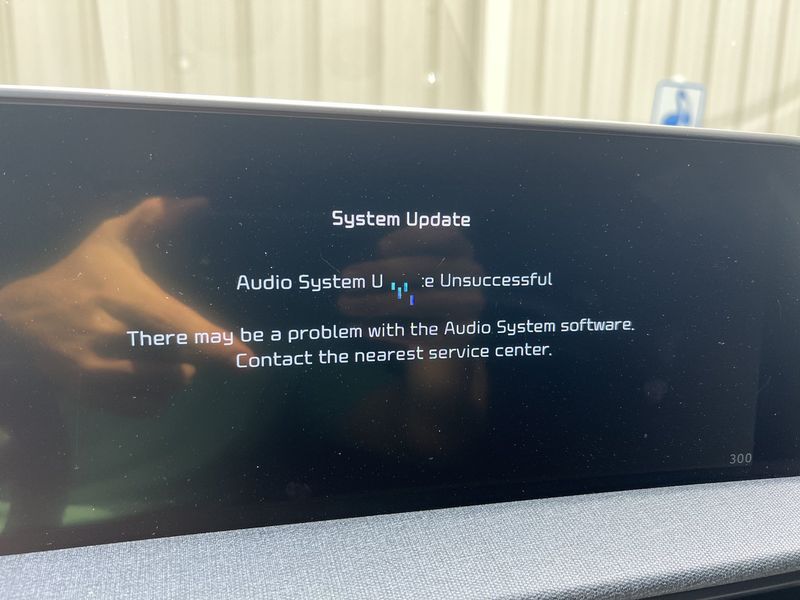
Modern EVs are essentially computers on wheels, which means they inherit all the glitches and bugs software is known for.
From frozen screens to phantom battery drain, software issues plague many electric models. Unlike mechanical problems, these digital gremlins often can’t be fixed by traditional troubleshooting.
Some owners report regular system crashes requiring reboots or dealer visits to resolve, adding an unexpected layer of frustration to the ownership experience.
19. App Dependency Frustrations

Forgot your phone? Your EV experience might suffer dramatically.
Many electric vehicles rely heavily on smartphone apps for core functions like monitoring charging, pre-conditioning the cabin, or even unlocking doors.
This digital dependency creates new failure points unknown to traditional car ownership.
When servers go down or apps glitch, basic vehicle functions can become inaccessible, creating a technological vulnerability that many drivers find unacceptable for something as essential as personal transportation.
20. Charging Network Confusion
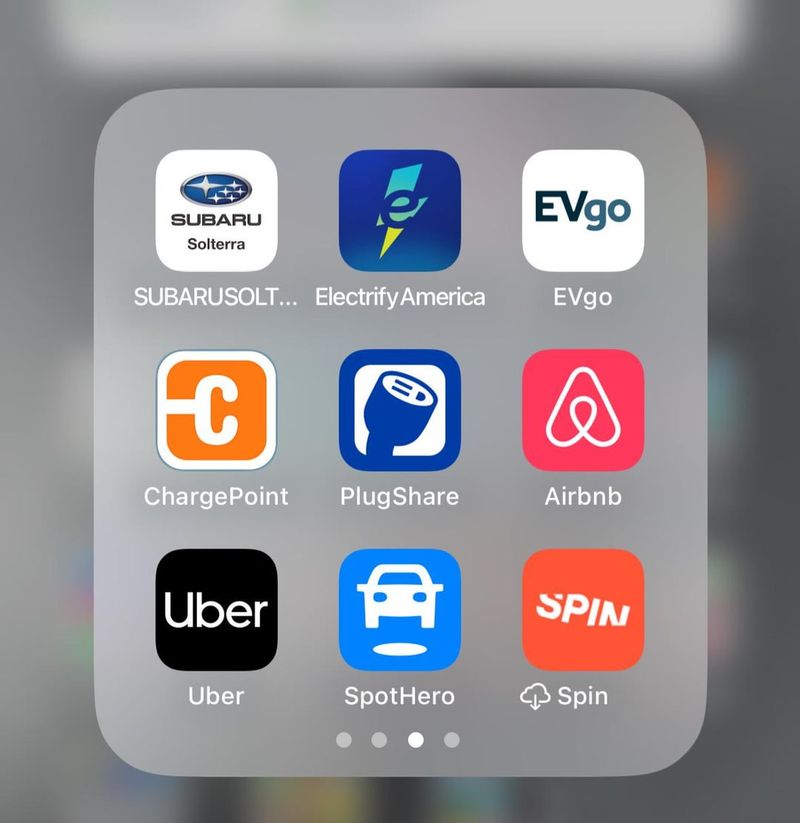
The fragmented charging landscape forces EV owners to juggle multiple apps, accounts, and payment methods.
Unlike gas stations with their universal access, charging networks operate as separate ecosystems.
Speed variations between networks add another layer of complexity.
What should be a simple process—refueling your vehicle—becomes a comparison shopping exercise requiring research and planning.
This unnecessary complication pushes many back to the simplicity of pulling into any gas station.
21. Insurance Premium Shock
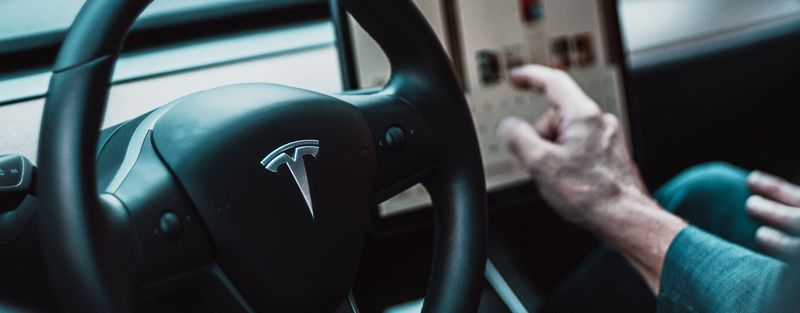
EV owners often face higher insurance rates due to expensive repair costs and specialized parts.
The high-voltage battery systems and complex electronics drive up replacement expenses after accidents.
Some drivers report insurance premiums 15-30% higher than comparable gas vehicles.
This ongoing cost premium, which many buyers don’t factor into their purchase decision, gradually erodes the operating cost advantage EVs should theoretically provide over traditional vehicles.
22. High-Voltage Safety Concerns

EVs pack enough voltage to be legitimately dangerous in accident situations.
First responders need specialized training to safely handle crashed electric vehicles, and rescue operations sometimes take longer due to battery safety protocols.
While manufacturers build in safety systems, the inherent risks of carrying massive battery packs worry some owners.
After learning about thermal runaway and the challenges of extinguishing battery fires, some drivers decide the peace of mind that comes with conventional vehicles is worth the environmental trade-off.
23. Climate Control Range Penalty

Cranking the heat or AC in a gas car might hurt fuel economy slightly, but in EVs, climate control can slash range dramatically.
Every bit of cabin heating comes directly from the battery, creating a difficult choice between comfort and range. This efficiency hit is most noticeable in extreme temperatures.
Summer road trips with full AC or winter commutes with the heater blasting can reduce range by 25-40%, forcing unexpected charging stops and complicating travel plans.
24. Reliability Question Marks
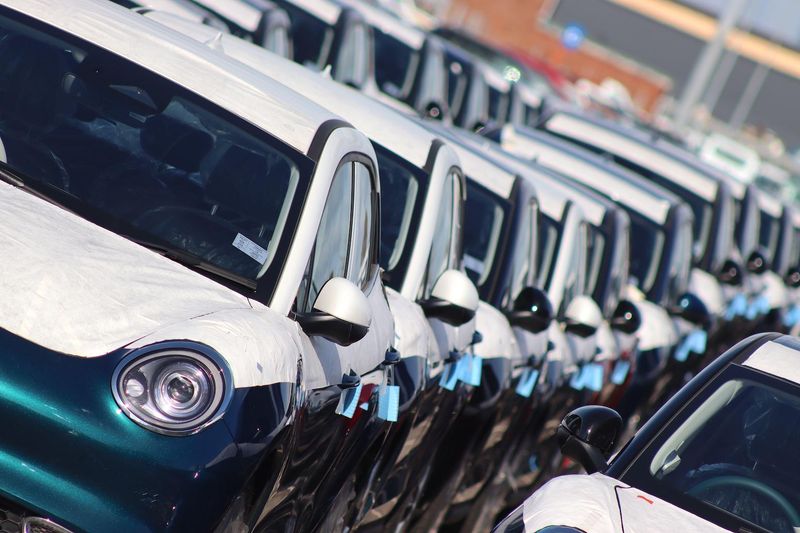
While EVs have fewer moving parts, their long-term reliability remains largely unproven. Early adopters are essentially beta testers for technology that hasn’t stood the test of time.
Battery longevity, electronic durability, and motor reliability beyond 8-10 years remain open questions.
This uncertainty, combined with the potential for expensive repairs, pushes risk-averse drivers back to proven internal combustion technology with its century of refinement and predictable failure points.
25. Too Quiet For Comfort
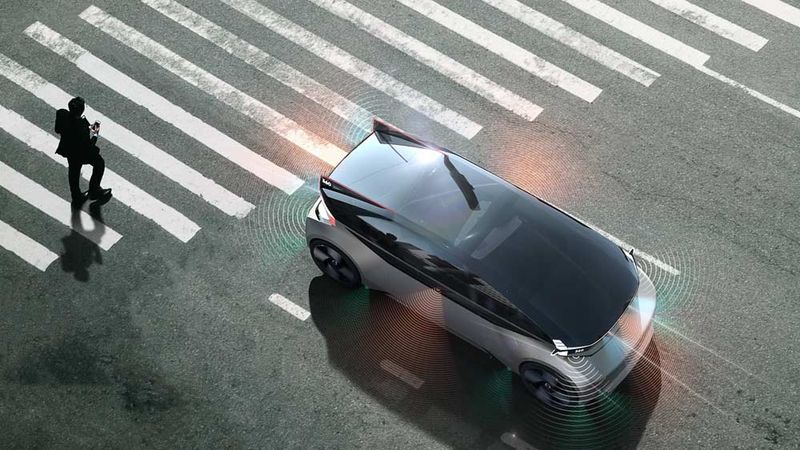
The silence of electric motors creates unexpected safety challenges. Pedestrians, cyclists, and visually impaired people often rely on engine noise to detect approaching vehicles.
While newer EVs include artificial sound generators, many owners find them inadequate or annoying.
This safety concern weighs heavily on drivers who’ve experienced close calls with pedestrians who simply didn’t hear their vehicle approaching, creating anxiety in crowded areas.
26. Performance Tuning Limitations
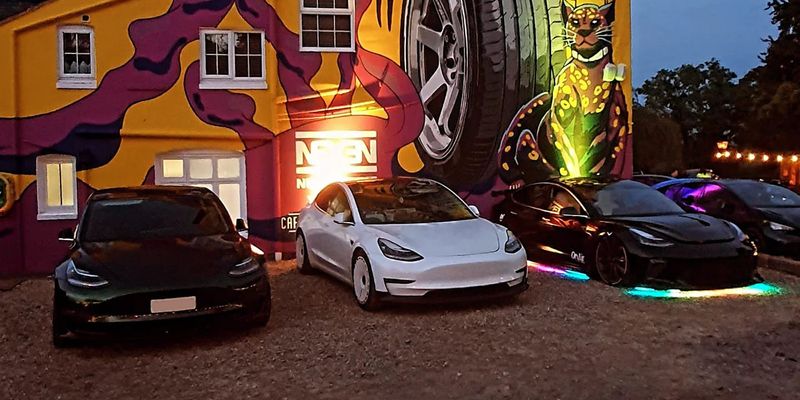
Car enthusiasts accustomed to modifying their vehicles face limited options with EVs.
The tightly integrated systems and manufacturer-controlled software make traditional tuning difficult or impossible.
While EVs offer impressive stock performance, the ability to personalize, upgrade, and modify is largely absent.
This closed ecosystem approach frustrates hobbyists who enjoy tinkering with their vehicles, pushing many performance-minded drivers back to the infinitely customizable world of internal combustion engines.
27. Vanishing Tax Incentives

Government subsidies that once softened the EV price premium are gradually disappearing.
As electric adoption grows, many regions are reducing or eliminating financial incentives that made these vehicles more affordable.
The shifting incentive landscape changes the value equation dramatically.
Without the $7,500 federal tax credit or state rebates, many potential buyers find the cost gap between electric and gas options simply too wide to justify, especially as gas engines become more efficient.
28. Regenerative Braking Discomfort
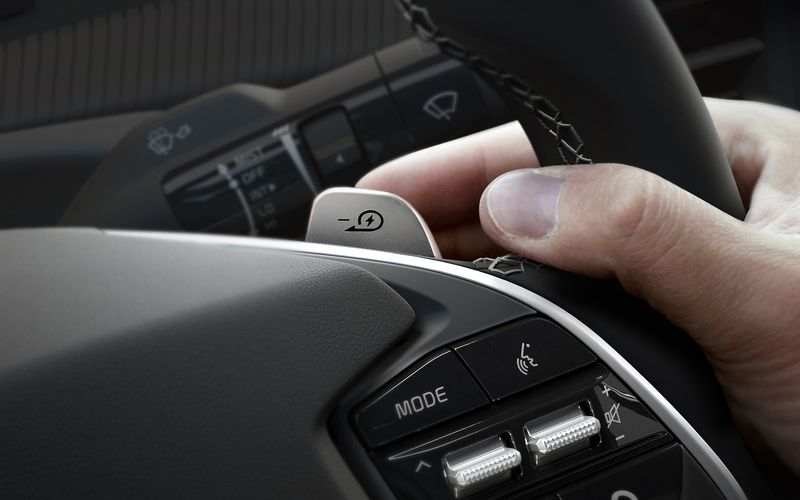
The one-pedal driving experience of strong regenerative braking divides drivers sharply. While some love it, others never adapt to the distinctive deceleration when lifting off the accelerator.
This fundamental change to the driving experience can cause motion sickness in passengers unaccustomed to the stop-and-go rhythm.
After months of trying to adapt, some drivers simply prefer the familiar coasting feel of conventional vehicles, finding the regenerative braking sensation perpetually unnatural regardless of its efficiency benefits.
29. Phantom Draining Paranoia
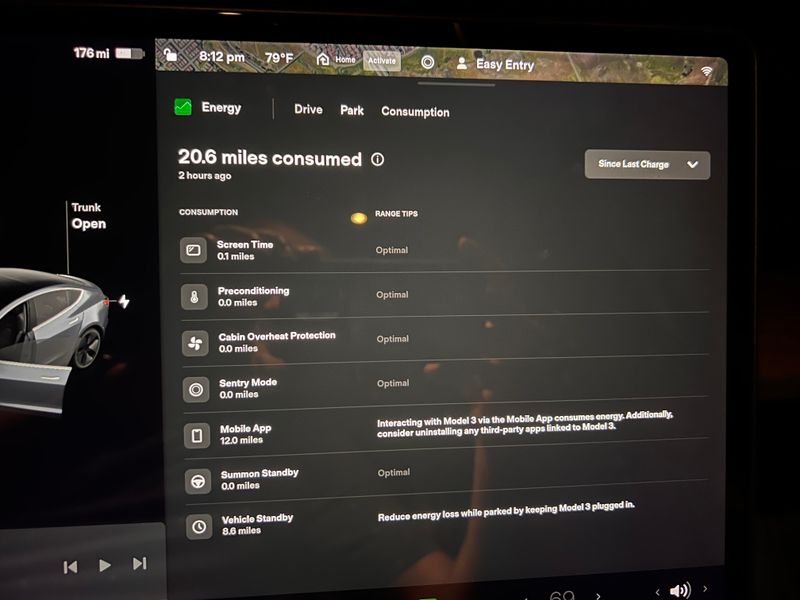
Waking up to less battery than when you parked is the EV equivalent of finding your milk carton mysteriously empty in the fridge.
Owners report obsessively checking their apps at 3 AM just to monitor battery levels while their cars sit idle.
The phenomenon, nicknamed “vampire drain,” has turned reasonable adults into battery-watching insomniacs.
One owner confessed to installing a security camera pointed at his car’s dashboard display.
Unlike gas vehicles that sit contentedly until needed, EVs continue sipping electricity to maintain systems and battery temperature.
30. Charging Station Small Talk Exhaustion

“So how long have you had your EV?” becomes the most dreaded question when you’re standing awkwardly beside a stranger for 40 minutes.
Charging stations have accidentally created forced social interactions that make laundromats look like havens of privacy.
Regular EV drivers report developing elaborate avoidance techniques, including fake phone calls and pretending to be deeply fascinated by their vehicle manual.
Some even time their charging sessions for odd hours to minimize human contact.
31. The Great Heated Seat Dilemma
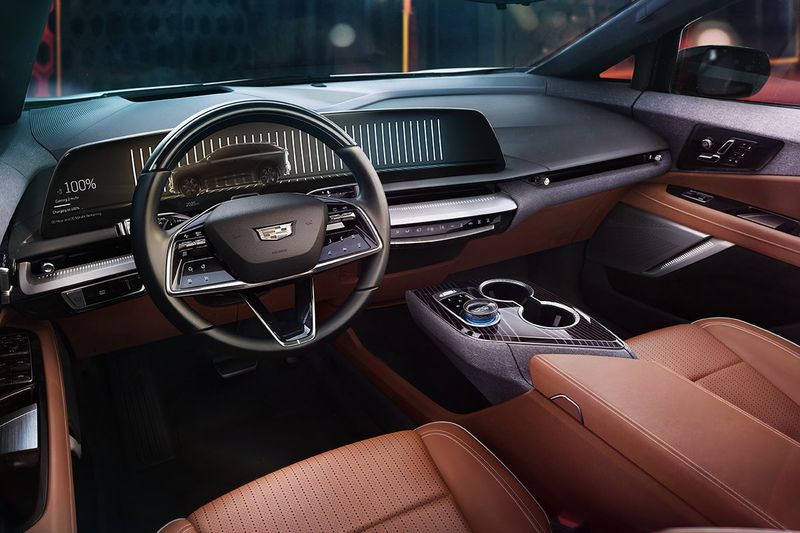
Remember when heated seats were just a button press away? In the EV world, they’ve become strategic chess moves in the range game.
“Do I want warm buns or an extra 12 miles of range?” is the Sophie’s Choice of electric motoring.
Drivers report developing complex mathematical formulas to determine if the comfort-to-range ratio justifies activating their seat heaters.
Some have resorted to carrying battery-powered heating pads to avoid tapping their precious vehicle juice.
32. Charging Cable Tantrums

Gasoline hoses are designed for one thing – pumping fuel. EV charging cables, however, seem engineered to test human patience.
They coil like angry snakes, refuse to hang properly, and develop minds of their own in cold weather.
Owners describe elaborate wrestling matches with their charging cables, especially during winter months when the cables stiffen to the consistency of frozen garden hoses.
The once-simple act of refueling has transformed into a nightly battle with an uncooperative rubber python.
33. Update Notification Fatigue
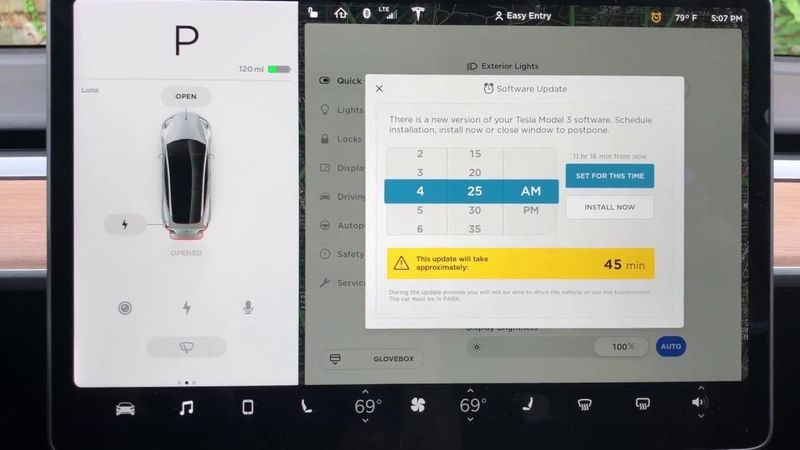
“Your vehicle needs an update” – words that strike dread into EV owners’ hearts. Unlike traditional cars that just… work… electric vehicles demand software attention like needy digital pets.
Drivers report scheduling their lives around mysterious update cycles that promise everything from “improved efficiency” to fixing that weird noise the air conditioner makes.
Some updates take hours, leaving owners stranded in parking lots desperately searching for coffee shops with Wi-Fi.
One owner missed an important meeting because their car decided it needed a critical update right before departure.
34. Holographic Dashboard Overload

Futuristic EV interfaces are giving drivers migraines!
The average electric vehicle now bombards owners with 17 different holographic displays, each demanding attention with blinking notifications about battery health, regenerative braking efficiency, and planetary alignment.
One Michigan driver reported developing ‘phantom swipe syndrome’ after his Tesla started projecting charge statistics onto his living room walls.
The constant stream of information has created a new condition doctors call ‘EV-TMI’ (Too Much Information).
35. Spontaneous Vehicle Dance Parties
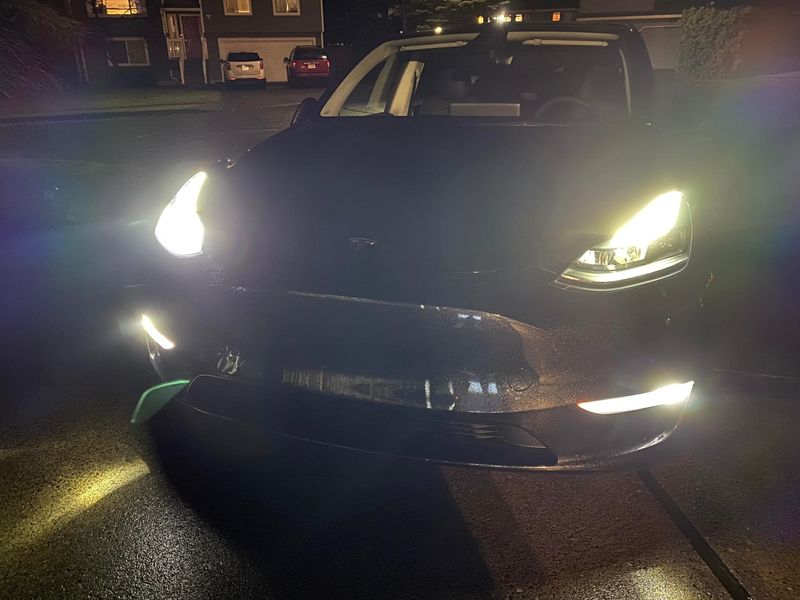
Electric vehicles have developed an alarming tendency to initiate unscheduled dance routines.
Reports flood in from across the country describing EVs suddenly blasting 80s synth-pop and flashing their headlights in synchronized patterns while parked.
The phenomenon, dubbed ‘Electric Boogie Syndrome,’ typically strikes at the most inconvenient times – during important business calls, romantic dates, or funeral processions.
Software engineers blame overaggressive AI learning algorithms that have somehow interpreted music streaming services as command inputs.
36. Pet-Repelling Battery Frequencies

Mysterious high-frequency emissions from EV battery systems are driving household pets berserk! Veterinarians report a 340% increase in cases of cats refusing to enter garages containing electric vehicles.
Dogs develop an inexplicable urge to dig holes precisely where charging cables run underground. Hamsters have been observed running backward on their wheels when EVs charge nearby.
Even normally placid goldfish reportedly swim in figure-eight patterns when their owners discuss electric vehicle purchases within earshot of their bowls.
37. Charging Station Cults
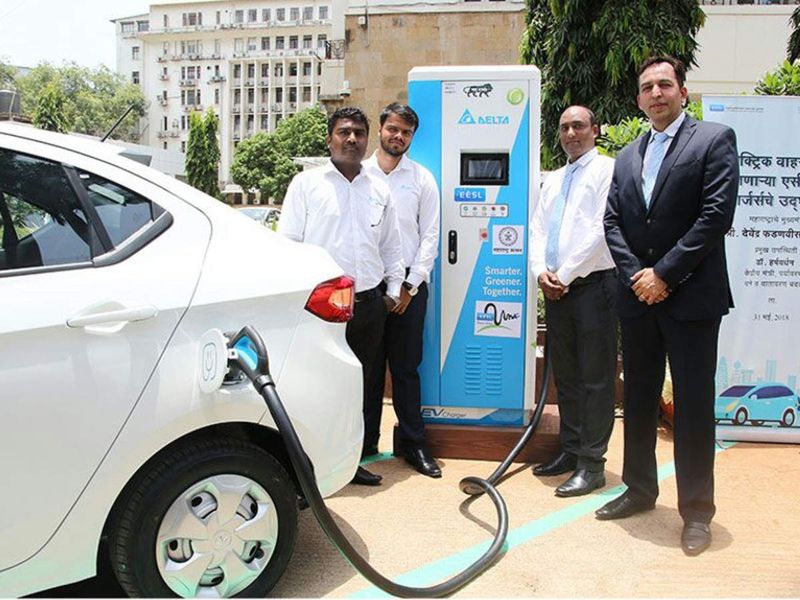
Beware the charging station cults forming nationwide!
What begins as innocent small talk while vehicles charge has evolved into elaborate social hierarchies with their own customs, rituals, and mandatory membership fees.
Drivers report being pressured to wear matching robes and recite battery efficiency mantras.
At one California supercharging location, a self-proclaimed “High Voltage Priest” demands tributes of organic snacks and premium coffee before allowing access to faster chargers.
Members engage in competitive charging sessions where the fastest to 80% battery wins coveted parking spots.
